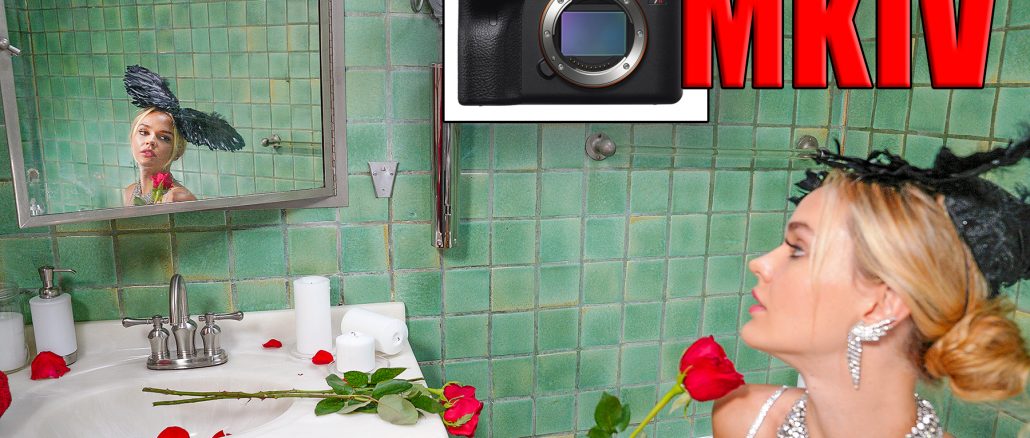
Sony A7RIV Hands on FIRST LOOK! Can it challenge Medium Format?
By Steve Huff
YOU CAN PRE ORDER THE NEW SONY HERE AT B&H PHOTO!
So I have been in NYC all week checking out the new Sony A7R MKIV and it was a big event by Sony this time around. Was able to meet up with those I respect in the camera world and test the newest, latest and greatest from Sony. I just arrived home after the worst flight of my life! From NYC to Phx AZ took 13 hours due to a storm that had us sitting on the plane for EIGHT hours before take off! Anyway, am home and am glad to be home after that horrendous flight.
As for the camera…
The new Sony A7RIV has already been written about by a slew of blogs and many videos made by YouTubers as well so this post here will skip all of the tech specs (I already posted those HERE) and just focus on my early thoughts, images and what I think about this 61 MP monster of a camera.
A7RIV with the 24-70 G Master lens. This lens, I feel, is the weakest of the G Master lenses on this new camera. It does have some distortions when not corrected but it’s sharp with great color. The A7RIV will be demanding for lenses due to having the resolving power of 61 MILLION pixels.
Sony has been non stop now for years pushing the latest tech in digital imaging. From the first A7 to the newest MKIV there has been a steady improvement with each version of the camera. This time around Sony threw me for a loop when they announced the MKIV A7R. I figured the A7SIII would be first but I think they are taking their time with that one. So yep, we now have the $3500 61 MP powerhouse MKIV.
My first look video on the A7RIV
This camera is going to do VERY well for Sony (as is sales of the MKIIII which is now $2500) and offers those who crave high megapixels a treat. To those who read me know that I love sensors with less MP. My fave to this day is 24MP and the A7III fits my needs very well (as does other cameras in the 24MP range) but some just crave more and more resolution. My worries with this Sony were with how it would do in low light as usually when you pack this many MP on to a sensor the noise goes up. This is why cameras like the old Sony A7SII with 12MP can delve into the crazy ISO ranges over 100k. This A7RIV with 61 MP…how would it do in this regard?
While I did not get to test it in low light, I did crank off a few shots at ISO 1000, 2000, 2500 just to see the noise levels WITH light (the easiest on the camera).
Three from the A7RIV. First with the 24-70 GM, second and third with the 50 1.4 Zeiss (which may as well be a GM it’s so good, my review of this lens is HERE)
THE BODY
The body is now more refined yet again over the MKIII. A new grip, a new dial, and a new lock on the EV dial. It does indeed feel better than all previous Sony bodies simply due to the enhanced grip. My pinky now fits on the grip where before it would hang. The camera is not taller but they changed the slope up top to allow a teeny bit more room for your hand. Perfect!
The battery door no longer has a latch and it feels very similar to the Nikon Z series of bodies in this regard (and even the new grip). Maybe Sony learned a couple of things from Nikon here?
This is also the most weather sealed Sony body ever so taking it out into the elements with a new 200-400 lens could be a treat. The crop mode on this camera is also insane if you like shooting with long telephotos as it will extend you reach and offer you plenty of resolution as well (this used to be the weakness in APS mode on full frame cameras but with the MKIV Sony delivers 26 MEGAPIXELS. Wow.
There is still no 10 Bit video but with 15 stops of claimed DR, do we need it?
Battery is the same as the MKIII which is GREAT as these batteries rock as some of the best in the business.
The EVF is astonishingly clear and large. One of the best, if not the best EVF at this time.
My honest first thoughts of the A7RIV
I have shot with every Sony mirrorless ever made. I have owned the A7, A7II, A9 and used them extensively.
The MKIV brings real time EYE Af to VIDEO and no other Sony has this, not even the A9. This alone may make it worth it for some as video today is HUGE. So huge I have to sit down to make a video about this after I write this as more today watch YouTube videos than read articles like this. For video creators the MKIV is very nice and offers the best video continuous AF in the business with this camera, without question. For this feature alone some will want the camera.
Shooting with the new Sony is a treat. The first thing I noticed was the new EVF. HUGE, CLEAR, CRISP and an improvement over previous cameras. It makes the A7III seem mushy in the EVF Dept. EVF tech has been gradually improving for years and it’s as good as it has ever been today in quite a few cameras. I LOVE a good EVF, and the one here is fantastic.
Speed, response, weather seal, battery life is as good as it gets in this class. The menus are still the same. Complex, deep and now with new additions to it. The good news is once you set it up you really do not have to menu dive ever again if you do not want to. Also, Sony now allows us to load custom settings via SD card, which is a WIN.
CROP vs A7III
Below is an image shot with the A7RIV and then a 100% crop (sorry, JPEG only at this time as nothing reads the MKIV RAW files) and then a 100% crop with the 7III to show the difference.
Now a 100% crop from the above image..
and one from the A7III…
Needless. to say the detail is there even in the JPEG with the Sony.
VS MEDIUM FORMAT?
Sony claims that the A7RIV can now compete with medium format and I believe that they are basing this on the fact that they now have 61 MP packed in. Maybe they mean resolving power as the look of a full frame sensor really can not replicate the look of a medium format sensor. Just for fun I snapped a couple of side by sides with the X1DII using the 30mm f/3.5 and the Sony using the 24-70 GM at 24 at 2.8 (which is about what the 30 gives on a Hasselblad). So DOF should be about the same as well as focal length.
What about colors, DR and overall vibe?
A couple of days ago I posted a Sony vs X1DII file right out of camera. The Sony was in standard color mode and the X1D does not use color modes. So the Sony was much more punchy. Below I tried to get them to look as similar as I could. Click on each for larger.
1st one from the Sony A7RIV processed to match the X1D as close as I could get it below. CLICK them for larger! Second is from the X1DII.
With this quick simple image side by side (which is not scientific) shows the X1DII medium format sensor is more refined and just looks more pleasing. With that said the Sony is $3500 and the X1DII is $5750. Two different cameras really as the Sony is for just about anything you need with its fancy AF and speed and the X1DII is all about pure IQ performance without the fluff and gimmicks that we see in mirrorless cameras.
One more…
Cameras were not matched here for ISO but I wanted to see color differences, rendering differences, and this one shows how close these can be. Click them for larger… TOP is Sony, BOTTOM is X1DII.
If you clicked on the images above just in these JPEGS you can see the small differences. The Sony is a tad more contrastier and less refined but it’s close. What it comes down to between these kinds of cameras is personal preference and what you like to shoot. The X1DII is a handheld medium format sensor in the most beautiful digital camera body ever made (IMO) and is not for action, video or high FPS shooting. It’s simple, easy, intuitive and you have controls for aperture, exposure and shutter on top. It is like the APPLE of cameras.
Quick non scientific Comparison. Shot one after the other…1st one is Sony, 2nd is Hasselblad. Click for LARGER!
The Sony could be used for action, wildlife, studio, street or anything you like. It’s versatile as can be and also serves double duty as a fantastic video camera. It’s also just over $2000 cheaper. So what is not to like about the Sony if choosing between these kind of cameras?
Well, not much. The Sony feels nowhere near as good as the Hasselblad in the hand. The build of the Hasselblad is exquisite. The Sony menus are more like a computer program than a menu, Hasselblad is touch and simple, the basics. The Sony does have more image noise at higher ISO due to having so many MP crammed on to the sensor. The X1DII is beautiful at higher ISO in my experience. The Sony does not quite achieve the same fall off or IQ of the X1DII but as you can see above it is close. This is just using JPEG. When I can access the RAW files of the Sony I can do a proper side by side.
Four from the Sony
Keep in mind this is only with a solid few hours only with the new Sony and I did not get to do any low light high ISO stuff but the last image above was shot at ISO 2500. Click it to see the grain. This was not LOW light.
So these are my early thoughts on the camera. It’s a power packed feature rich camera that delivers all the latest Sony goodness into one body for a great price (for what you get). I found no real flaws in my short time with it. AF was fantastic for photo and video and I will have a video published soon as well about my time with the Sony. I seem to have a habit of saying this but BRAVO to Sony!
You can now pre-order the Sony at B&H Photo HERE. $3499 and ships in August.
The older MKIII is now reduced to $2400 and can be found at Amazon HERE.

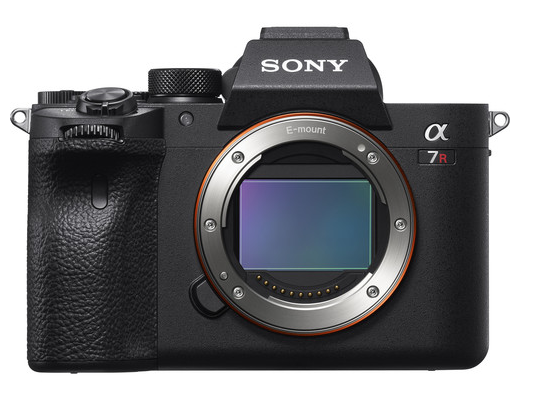
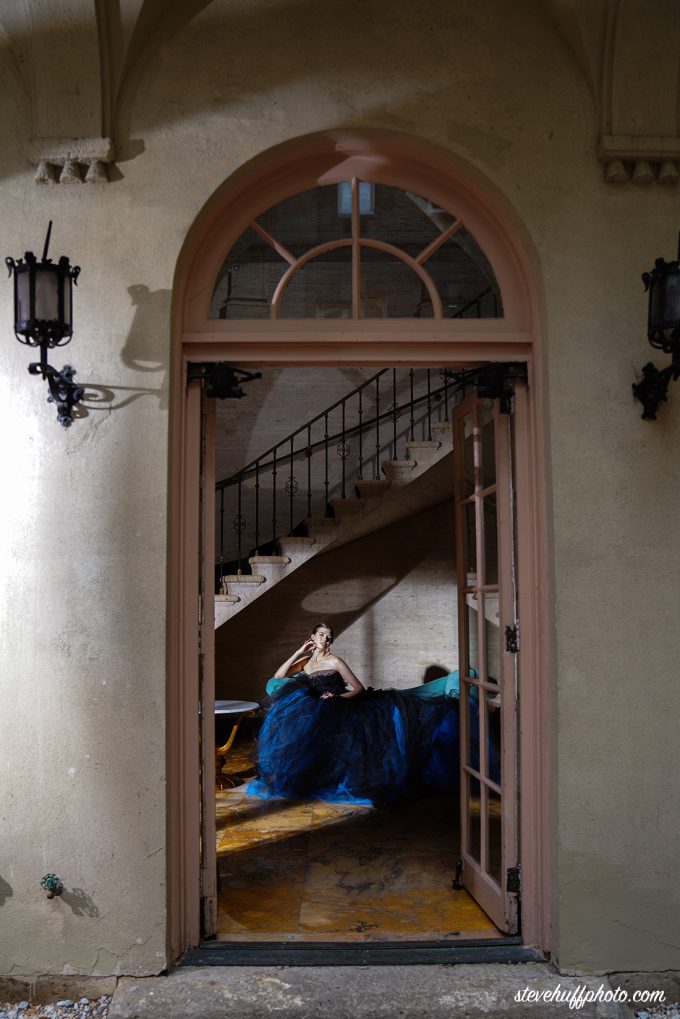
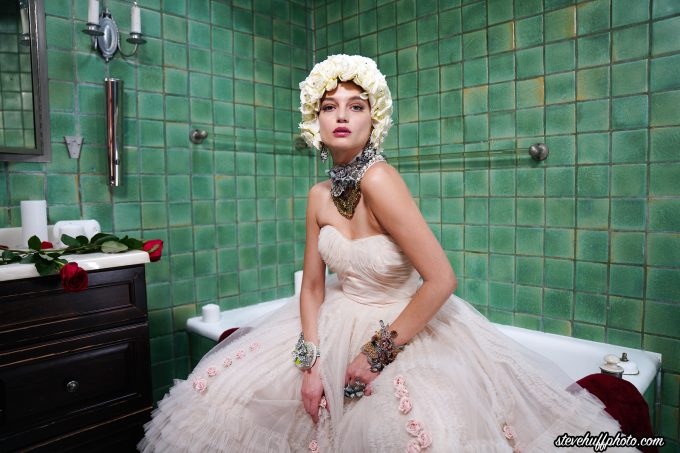
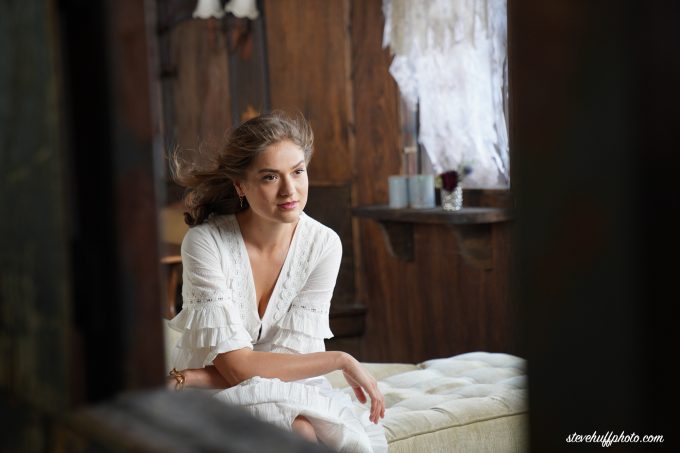
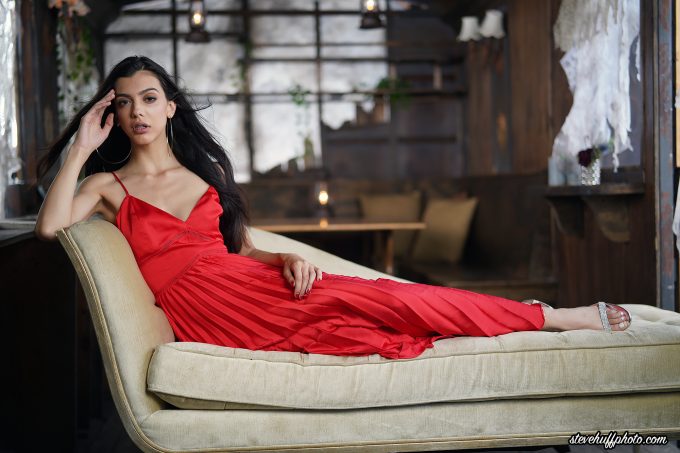
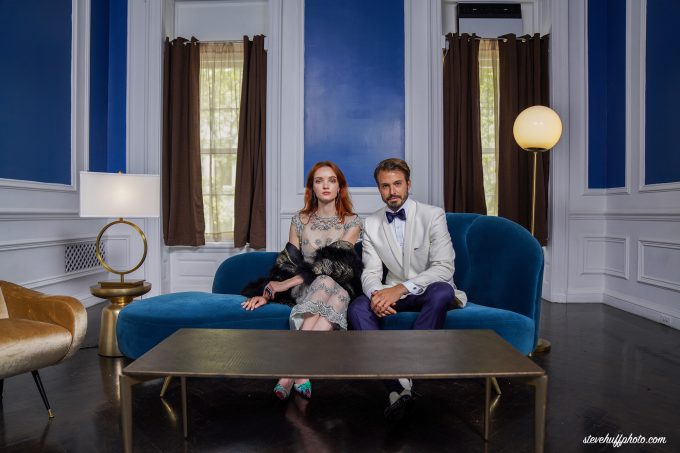
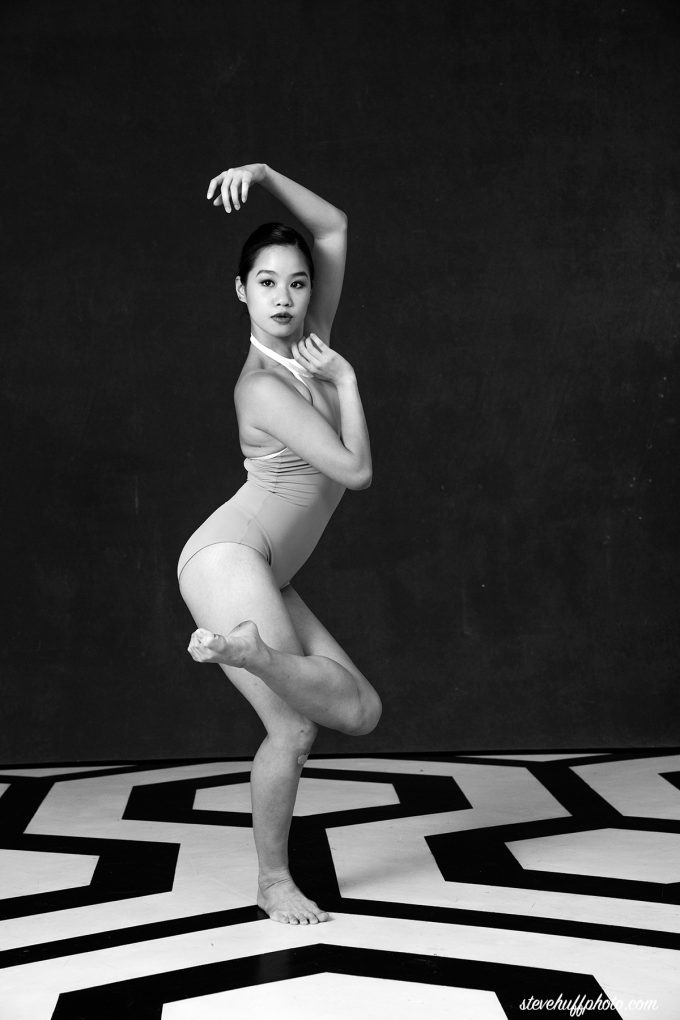
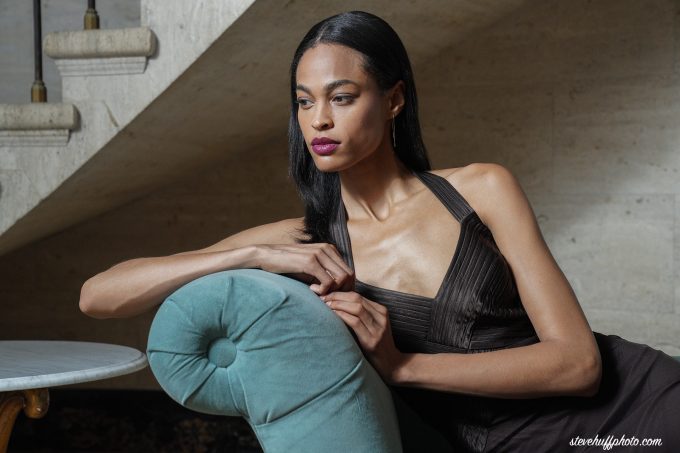
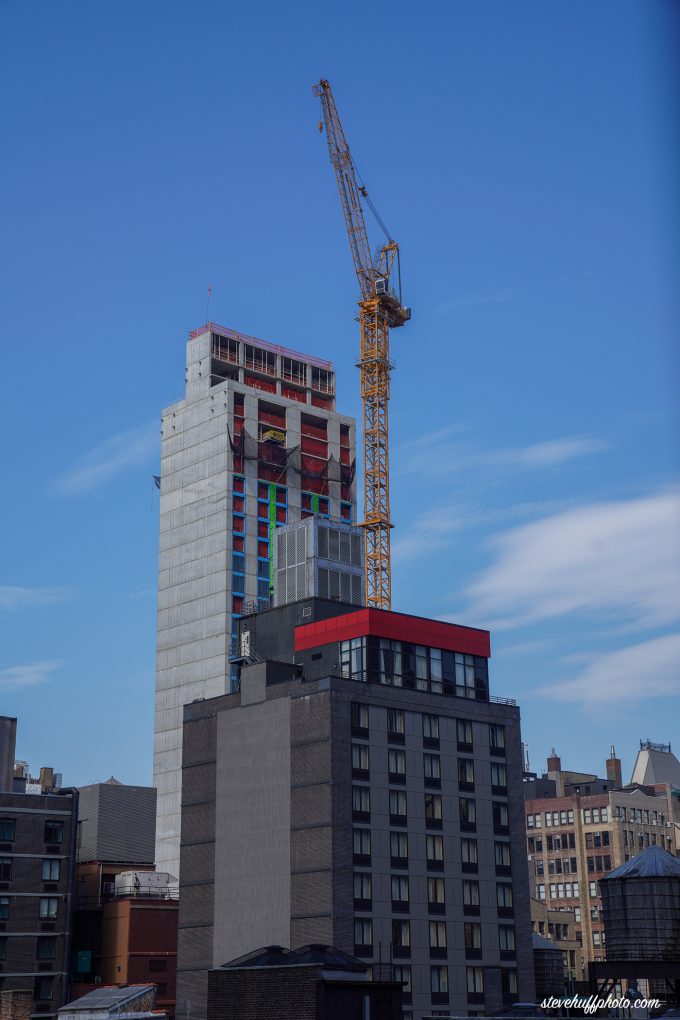
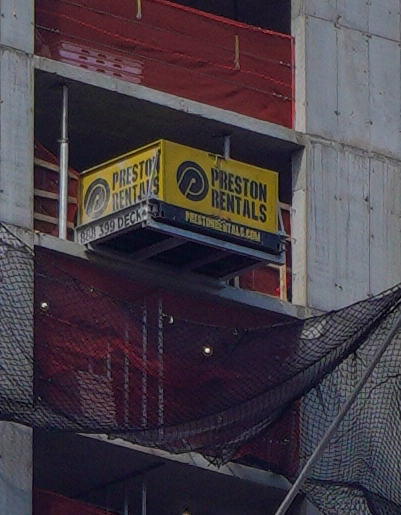
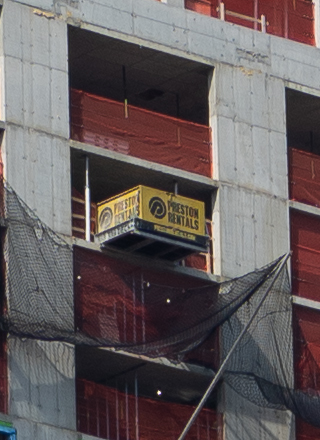
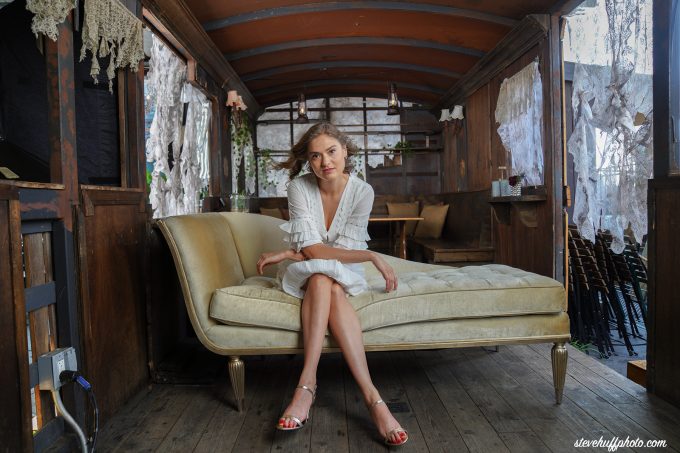
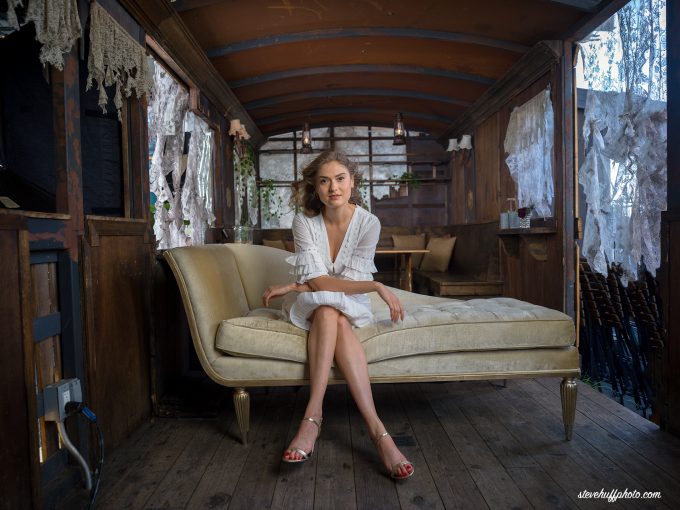
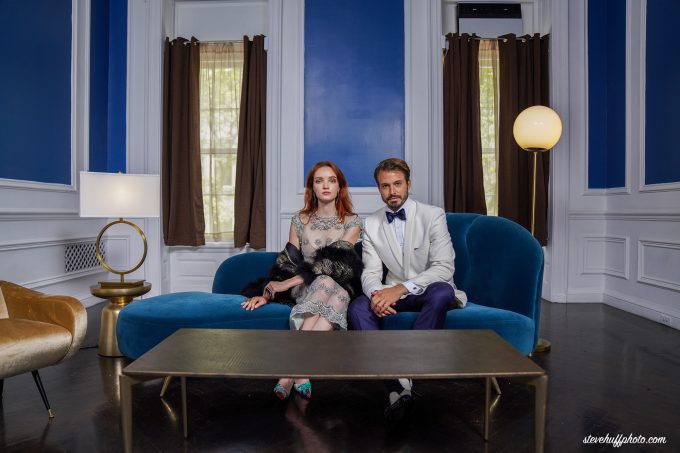
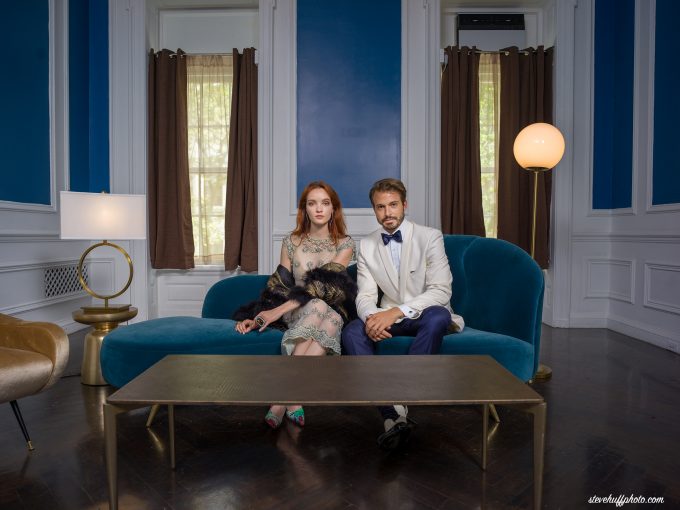
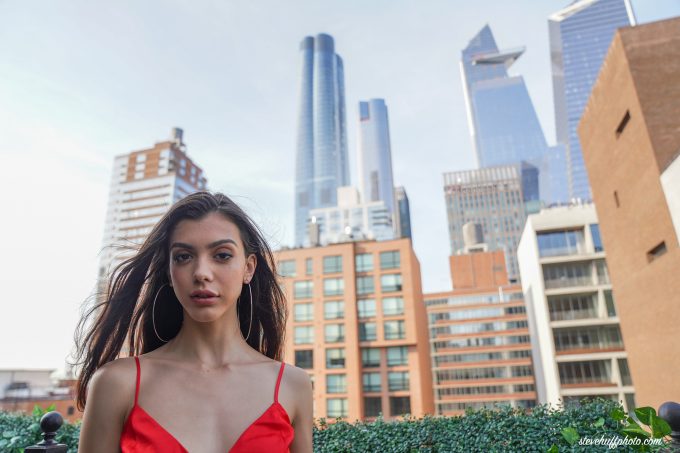
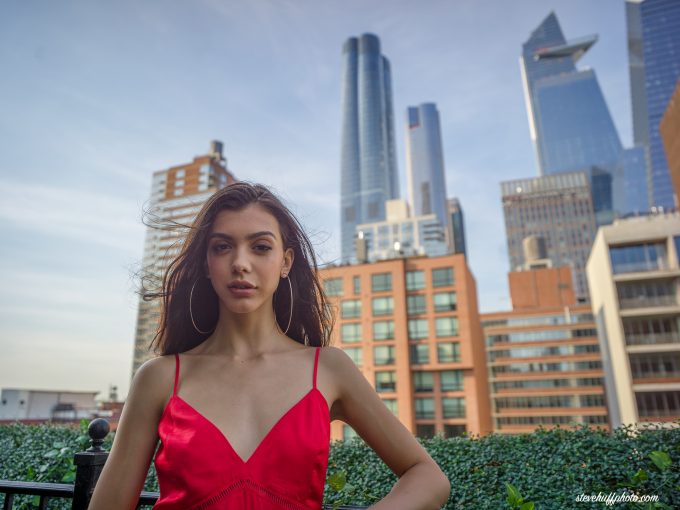
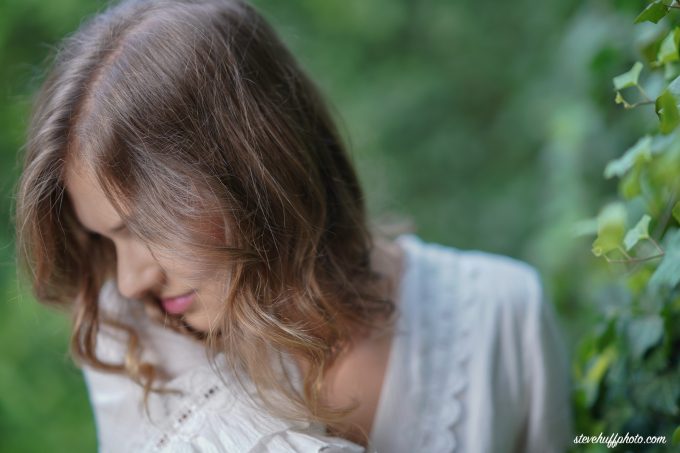
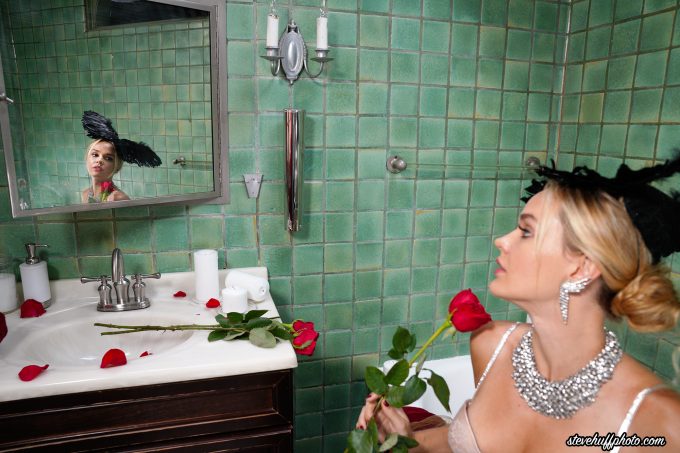
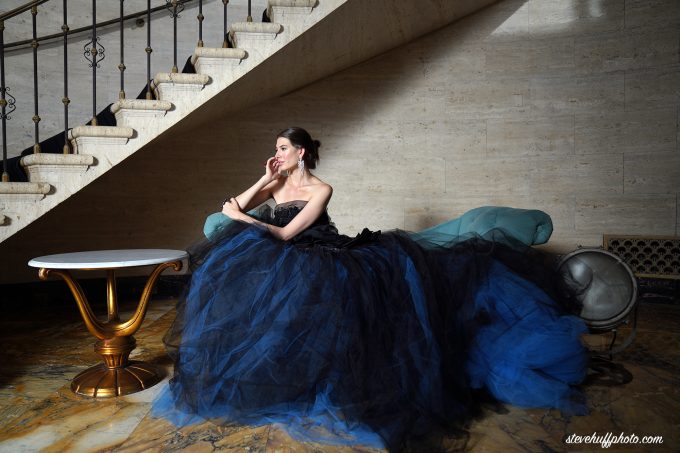
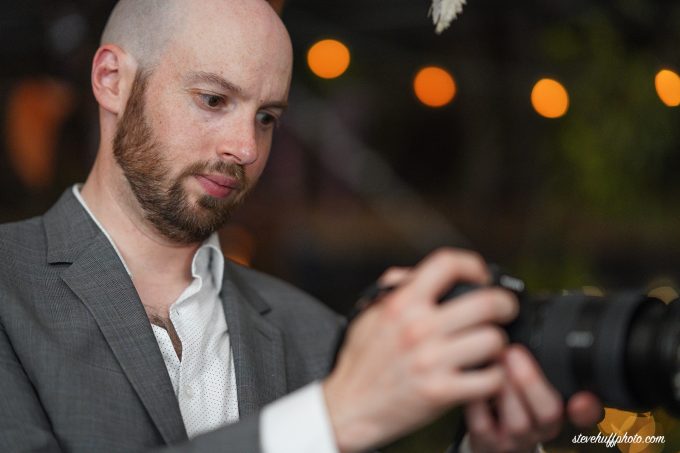
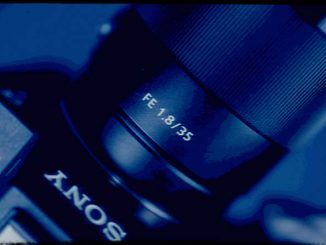

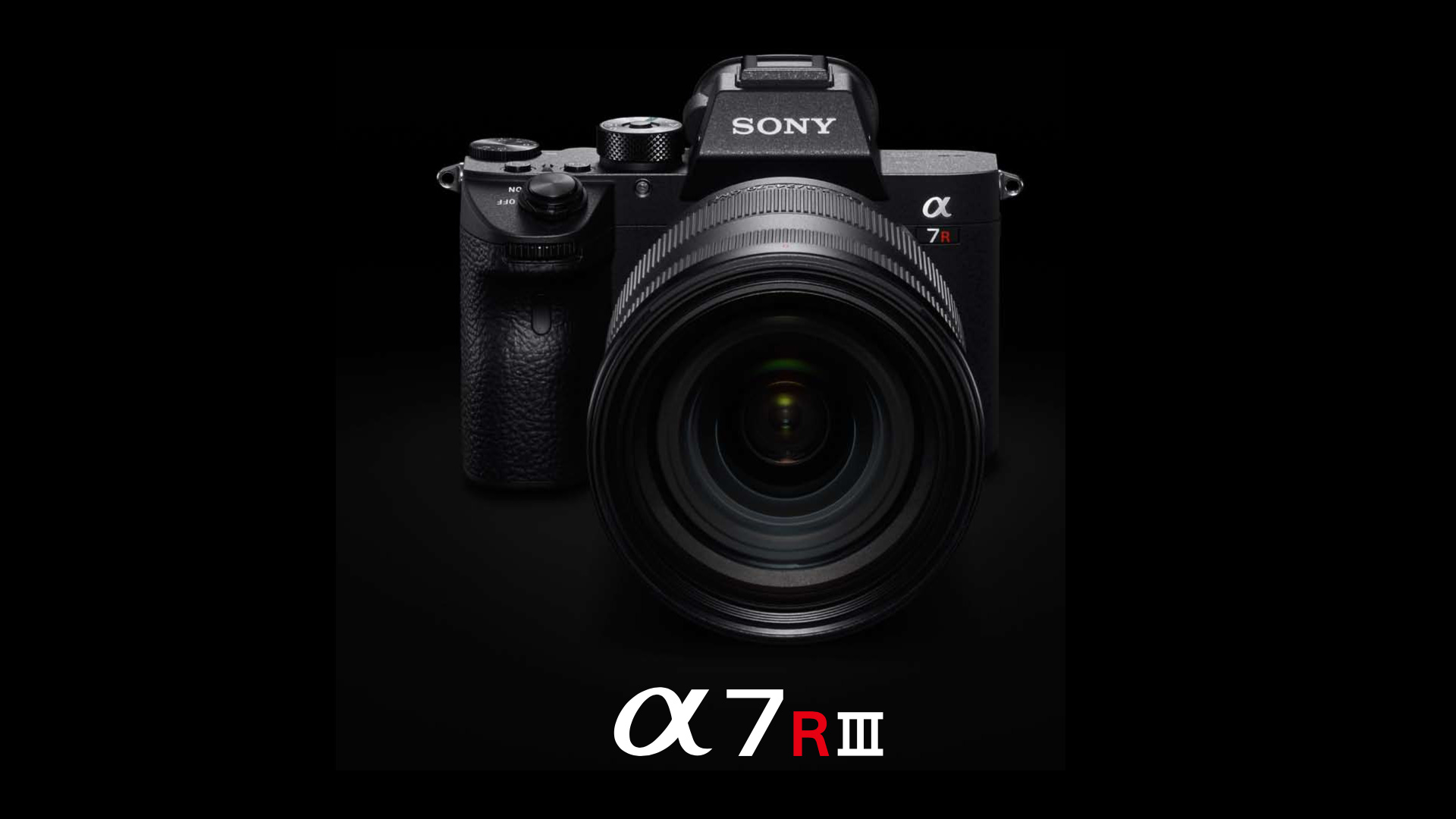
Steve, What do you think about the Sony A9 vs A7RIV at $3500 today? The A9 should still hold some advantages with AF, electronic shutter, blackout. I also see the A9 holding value more in the long term as its discounted price of $3500 and the A7RIV is MSRP at $3500.
A9 if you shoot sports or FAST action. A7RIV if you still want pretty fast AF but more resolution. Id take the a7RIV for the full time EYE Af in video, something the A9 will never have. Id also take the IV for the better body and weather sealing. But if I shot sports, would be an A9 without hesitation. Thanks.
Hello Steve
I currently on the Sony A7R mark 2 which I use for a variety of situations and use a 35mm F1.4 and now a 135 Gmaster F1.8; during the summer I do around 4-5 sailing regattas on the water (before getting the 135 I had the Sony 90 F2.8 which did a good job on the water); when I first tried out the 135 on the water I found that I had up the speed from around 1/800 of a second to 1250 especially in lumpy conditions to get the image sharper; I am very interested in the Mark 4 but am concerned that camera shake may be very obvious with this size sensor although there is a crop mode of 1.5=26.2MP; I assume that the crop mode would not make any difference to possible camera shake hand held on the water?? I am not keen on the A9 currently as I believe a different sensor is used which is not as good as the backlit Exmors on the A7 series?? So question is what to go for?? I am now considering the A7 Mark 3 if the auto focus is improved on the Mark 2; I also feel that I don’t need to go from 42MP to 61MP my files are big enough; I would assume a 2020/21 A7 Mark 4 may have a larger sensor 30-36 MP @10FPS?? So my thinking at present is to get a Refurb A7R3 early 2020 and hang on for a 2nd camera A7 Mark 4 later; any advice would be appreciated; sailing photography in most cases does not require the specs of the A9 series… Many thanks
The A7R3 has great AF. Much better than the II but it uses the old battery system. The IV adds real time EYE Af for video, which is remarkable if you shoot video and people. Also has the new battery system, which is so much better than the II’s. The real time EYE AF for video, that was my fave feature. I loved the camera but not enough to buy one for myself, as I also do not need 61 MP, and the low light suffers a bit for it. So, I have an A7III that I use 2 times per week and it never fails me. If you are OK with the older batteries, do not need real time EYE Af for video or the enhanced resolution, I feel the III is an amazing buy right now and it’s a great camera.
Very interesting review as always, Steve. I have fear about this latest Sony camera because the file size it produces are monstruously big EVEN IF POTENTIALLY you can go around with a 50mm lens and then crop in post forgetting any other lens!I am really in trouble for my choice between a Sony A7III a PANASONIC S1 (even if I think this one is TO BIG) and a NIKON Z6. All these rank similarly in DXO.Why the hell do you have not compared these camera directly instead of the Sony A7SII. Please, do it in a future article.
Go with your heart. All three are amazing cameras. Go with what you feel will be the one that speaks to your heart and soul. The A7III is a marvel at $1999. The A7RIV is nice if you want 61MP in full frame. The S1 is awesome but a larger body. The Z6 is nice but my least fave of the bunch (personal pref only as the Z6 is fantastic as a camera).
All are more capable than 99% of us who use them so the best choice is not to look at tech specs but to go with what you feel you should. Which one speaks to you? What does your gut tell you? Me, if between an A7III, A7RIV, Nikon Z6 or S1 I would take the S1 (and did) but I like low light performance over all else. If I wanted res, would be the new Sony. If I wanted the best IS, would be the Nikon.
What I am trying to say is that no comparison will be able to tell you what to buy for you. They are all good and none are offering better IQ than the others really. Different color? Yes. But all have IQ as good as it gets.
Thanks and enjoy!
Steve, as I know you are a passionate manual focus lens shooter as well and that why I love your reviews. All of the reviews, I can find online are about the autofocus specs and numbers on paper. one of my questions would be how the focus peaking works compared for example to a Fuji system, as this was superior to that in the A7R iii. Also was the A7R iii still a loud camera shooting in the mechanical mode. Has this improved??? The X1D is a nice camera but adapting classic manual focus lenses on it will make it quite ugly, as its design is more modern. The lac of mechanical shutter makes it useless in some situations. On the other hand it has an Xpan Ratio for shooting Xpan lenses like the GFX and Panasonic cameras have too…This are specs that I am looking for when considering buying a new camera if I am honest..
Focus peaking is something I rarely have used. I find the magnification that happens as soon as you turn the focus dial a bit nicer. But between Fuji and Sony, if you thought Fuji had better peaking it’s still the same as the peaking on the MKIV is no different from what it was on the III.
We are finally past the days of digital photography where each generation brought giant leaps. Instead we now have cameras that when compared side by side really show such minimal difference to one another. I now look less to these specs on paper that aim to nudge out competition with a slightly larger number here, slightly larger number there, and instead now look to what camera feels great in the hand, has an intuitive control interface, and clean simple menus. Sony might be winning the specs war but long time makers of camera systems seem to ‘get’ that there is more to a winning camera than megapixels etc. Unfortunately the average consumer is all too swayed by the marketing that tells them otherwise. I applaud Sony for continually pushing the boundaries and introducing new technology but a camera should feel like an extension of your arm, not a clumsy robotic attachment.
I shoot lots of film (35mm or 120) which I scan at 16 bits, at a resolution I have about 30 megapixel. the subtlety and range of tones are fantastic and there are no real limits in post processing.
I wish that instead of these 60 megapixels (dare I say stupid?), some manufacturer would bring out a 25megapix, 16 bit/channel Full Frame mirrorless camera so we could use every single crazy lens without limits & be able to post process like X1D files or film. Now that would be a real step forward.
Dirk.
@Dirk
Foveon Full Frame L Mount next year will bring 25MP 16bit colour.
At Low Iso this true FF Foveon 1:1:1 IQ should be at least on par with X1D Mk2.
Dirk, Suggestion: buy this camera, and p.p. its 61mp RAW files to 15.25 mp, using a good algorithm. Noise will cancel out considerably, and 15mp is plenty for almost any non-espionage purpose! :^)
Or stay with film – you produce magical film images!
As you wrote it, the 24-70gm is the weakest GM, however you said it was sharp, it’s also the softest GM, and cannot resolve 61mp, far from it, so I hope you run future raw tests with the best lenses, in order to see the limit of that sensor, and not of the lens.
I used the 24-70, the 50 1.4 and 85 1.4 GM for the images here.
Great article and thoughts as always Steve. I must admit, the Hasselbad image looks much nicer to me – when that beautiful new 907x and CFVII come out, I am going to be very, very tempted.
Interesting to hear your comment about the youtube channel having much more views than the written articles. I find I’m the other way, I much prefer reading the text and reviewing the images than watching a video. Is the skew for video over text a big difference?
Steve… does the touch focus tracking work in 120fps? I know the eye af doesn’t. Thanks
I do not believe so.
C’mon compared larger format Fuji GFX Hassy X1D in IQ
this Sony only has MP going for it :
Seriously theres 40MP Phones.
Pushing 61MP as some sort of challenge to Larger Format is meaningless.
This Sony looses in IQ, Noise,Shadows, Colour, Plastic looking portraits.
Also this Sony’s images will break down more readily when pushing processing, recovering.
C’mon compared larger format Fuji GFX Hassy X1D in IQ
this Sony only has MP going for it :
Seriously theres 40MP Phones.
Pushing 61MP as some sort of challenge to Larger Format is meaningless.
This Sony looses in IQ, Noise,Shadows, Colour, Plastic looking portraits.
This Sony’s images will break down more readily when pushing processing, recovering.
I have a M10 and A7R3. Why do I “not” feel like I need any of these new cameras?
Because you do not need them! Enjoy your cameras, you have two amazing bodies!
Seems like the 24-70GM is not up to the level to resolve 61mp. The primes (24, 85, 135GM) seems up to it. Something about the Sony output I personally find it hard to like.
As a Leica user, I am curious to know how the M lenses perform with this much resolution.
same shitty sony colors. the hasselblad have a much better color rendition
I agree with you Steve about the beauty of design of the Hasselblad, as well as its ergonomic excellence. Beyond this, however, it appears to me that this camera has a real limited usefulness in comparison with the Sony. If you had only one camera to use, I cannot believe it would be the Hasselblad. There is an extraordinary limitation in lens availability, which makes telephoto photography impossible. The lack of IS is an immediate turn off for people like myself, who are aging and whose hands may tend to shake a little.
I have looked at the photos you exhibited, and while I can discern small differences none of them are significant in my mind, and can easily be obliterated by a little photoshopping.
I consider myself an art photographer: by which I mean that I do a lot of image cropping and photoshop alteration to create my sense of artful images. My Sony A7RIII, with the array of prime and telephoto and wide angle lenses I use has become a creative windfall for me, which expensive Hasselblad/lens combination could never begin to approach. I could very well upgrade to a Sony A7RIV, but would never even consider putting out all that money to buy a Hasselblad plus a couple of lenses at an extreme price that could never accomplish what my Sony system is capable of.
Wow that Hasselblad is good. There aren’t many cameras of any kind that will stand up to a side-by-side against that thing.
Is all that difference due to the bigger sensor, or did they tweak the colors somehow?
For 99% of photo purposes this amount of megapickles is _way_ overkill. (No disrespect to that 1%)
But if you’re worried about high ISO noise, get this camera and reduce your 61mp shots to 15.25. I bet the noise results will at least match the A7SIII. And that’s plenty of resolution for any purpose I’ve ever had. I remember early in the millennium, an acquaintance of mine shot a _massive_ billboard car shot for a GM ad, using a 4mp Nikon of the time. Crisp, crisp, crisp; no one could possibly see the pixels from normal viewing distance.
“There is still no 10 Bit video but with 15 stops of claimed DR, do we need it?”
I don’t think video DR would be 15 stops, would it? I’m not 100% sure but most probably it’ll be much less.
By the way Hasselblad pictures look better. Maybe if Sony RAWs are processed they may be better but JPEGs are quite harsh as they are.
Photo has 15 stops – video 14 stops as per Sony. Sorry.
The DR would be lost when saved to file. 10 bits can’t hold more than 10 steps of linear dynamic range. Switch to LOG scale and you can get more dynamic range but the stops become non-linearly sized.
Hi, your link to order on BH is not working
OOPS! Sorry about that, thanks for letting me know. They have been fixed.
Hi Steve,
Thank you very much for the sharing. I love to read all of your camera reviews. They are the true photographer’s camera reviews because we use a camera for taking pictures not for counting how many hair on someone’s head. What I am really curious about is the comparison of Panasonic S1R and this Sony A7RIV. I would be appreciated it if you could do the comparison at your most convenient time. Thank you.